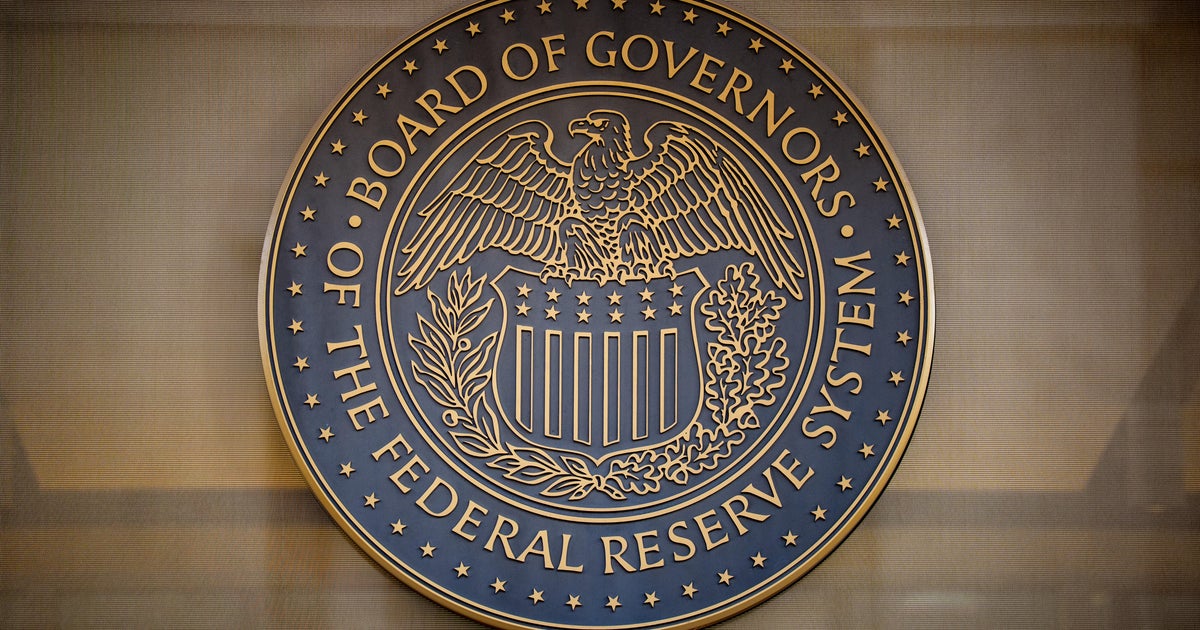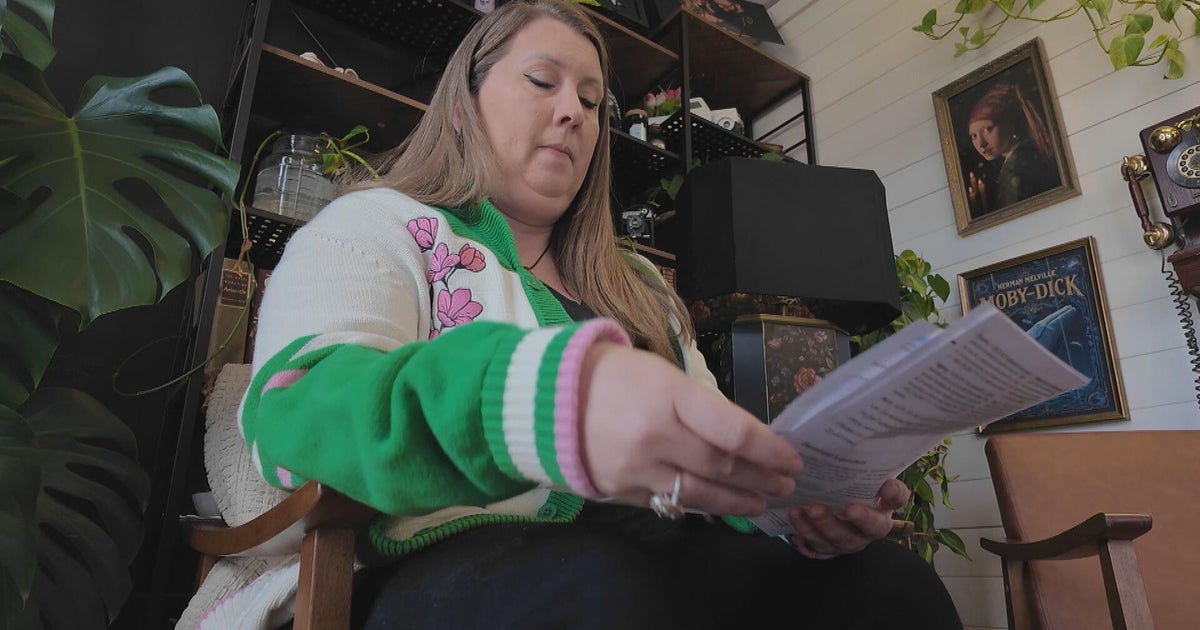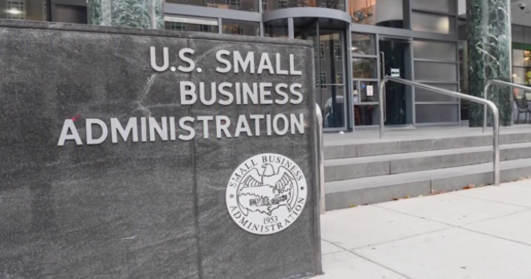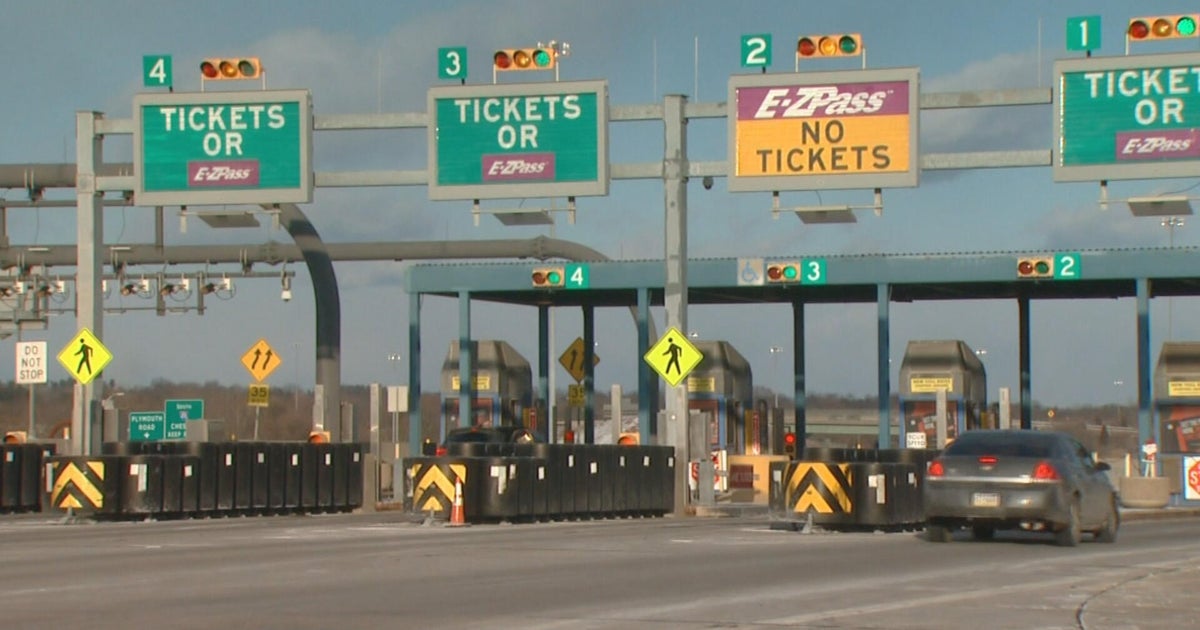The Fed cut rates for the first time in 4 years. What does that mean for your money?
It's been a long and bumpy road to the Federal Reserve's first interest rate cut in more than four years — a moment that could prove decisive to the finances of millions of Americans.
The Fed on Wednesday lowered its benchmark rate by 0.50 percentage points, a critical pivot after the central bank introduced a flurry of rate hikes to tame the pandemic's high inflation.
The Fed's first rate reduction since March 2020 will provide some welcome relief for consumers who are in the market for a home or auto purchase, as well as for those carrying pricey credit card debt. The policy shift is also expected to kick off a series of rate reductions later this year and into 2025, which could have lasting implications on mortgage and auto loan rates, but could also have a downside of shaving the relatively high returns recently enjoyed by savers.
"It's been a long marathon — the Fed feels it's time to lower interest rates again," Sara Rathner, co-host of the Smart Money podcast and a personal finance expert for NerdWallet, told CBS MoneyWatch. "Consumers are definitely feeling the pinch. It's been this one-two punch of higher interest rates and inflation."
Wednesday's rate cut will "present an opportunity for consumers to take a look at their finances and save money on some of their borrowing," she said.
How big a rate cut was expected?
That was the big debate among economists ahead of Wednesday's announcement, with some predicting that the Fed would shave its benchmark rate by 0.25 percentage points — the Fed's standard reduction — while others forecast a jumbo cut of 0.50 percentage points.
At Wednesday's press conference, Fed Chair Jerome Powell said that recent economic data, such as a slowdown in hiring combined with a decline in the inflation rate, convinced Fed officials that a larger cut was needed.
"We took all of [the data] and concluded this was the right thing for the economy and the people we serve," he said.
"Our patient approach has paid dividends — inflation is much closer to our target" of a 2% annual rate, Powell added. "The upside risks to inflation have diminished and the upside risks to employment have increased."
The larger cut will provide some relief to borrowers, albeit a relatively modest one.
"The Fed was behind the curve when raising interest rates to corral inflation and the lesson appears to have been learned," Greg McBride, chief financial analyst at Bankrate, said by email. "By making a larger half-point interest rate cut right from the get-go, the Fed is taking out some insurance against being behind the curve again."
More important than today's move, McBride and other analysts said, is the aggregate impact on borrowing costs from what is expected to be a series of rate cuts in the months ahead.
"By itself, one rate cut isn't a panacea for borrowers grappling with high financing costs and has a minimal impact on the overall household budget," he added. "What will be more significant is the cumulative effect of a series of interest rate cuts over time."
Will the Fed cut rates even further in 2024?
Very likely.
On Wednesday, the Fed also released its economic projections for the coming years, which shows that its members are pegging the median 2024 federal funds rate at 4.4%. That would represent a roughly 1 percentage point reduction from its prior level, financial data firm FactSet noted.
Meanwhile, economists polled by FactSet are predicting rate cuts at the Fed's November and December meetings (There is no October rate decision meeting.) Additionally, many economists expect the Fed to continue to cut throughout 2025, with most forecasting that by May 2025, the benchmark rate will stand between 3% to 3.5%, according to FactSet.
"Our baseline forecast is for three consecutive 25bp cuts in September, November and December, and an eventual terminal rate of 3.25%-3.5%," Goldman Sachs analysts wrote in a September 15 research note.
How will the rate cuts impact mortgage rates?
Mortgage rates had surged alongside the Fed's hikes, with the 30-year fixed-rate loan topping 7% in 2023 as well as earlier this year. That placed homebuying out of financial reach for many would-be buyers, especially as home prices continue to climb.
Already, mortgage rates have slid ahead of the September 18 rate decision, partly due to anticipation of a cut as well as weaker economic data. The 30-year fixed-rate mortgage currently sits at about 6.29%, the lowest rate since February 2023, according to the Mortgage Bankers Association.
But the September 18 rate cut may not result in a significant additional drop in rates, especially if the economy remains relatively strong, Orphe Divounguy, senior economist at Zillow, told CBS MoneyWatch.
"We expect mortgage rates to end the year kind of roughly where they are now," he said.
Asked how Wednesday's cut could impact mortgage rates, Powell said it was difficult for him to say, given that home loans are often influenced by economic factors, such as the job market and consumer demand. But if economic growth remains on track and the Fed makes additional cuts, "other rates in the economy will come down as well," Powell added.
Even so, this could prove to be the right time for recently sidelined homebuyers to enter the market, Divounguy added. That's because housing affordability is improving while inventory is scaling back up after a dip in 2022, providing buyers with more choices.
Some homeowners with mortgages of more than 7% may also want to consider refinancing into a lower rate, experts said. For instance, a homeowner with a $400,000 mortgage could save about $400 a month by refinancing into a loan at today's rate of about 6.3% versus the peak of about 7.8% in 2023.
"Generally, lenders would recommend refinancing when it's a difference of 1 percentage point or more," noted Smart Money's Rathner.
What about auto loans, credit cards and other debt?
Auto loan rates are likely to see reductions after the rate cut, experts said. And that could convince some consumers to start shopping around for a vehicle according to Edmunds, which found that about 6 in 10 car shoppers have held off on buying because of high rates.
Currently, the average annual percentage rate on a new car loan is 7.1%, and 11.3% for a used car, according to Edmunds.
"A Fed rate cut wouldn't necessarily drive all those consumers back into showrooms right away, but it would certainly help nudge holdout car buyers back into more of a spending mood, especially coupled with some of the advertising messages that automakers typically push during Black Friday and through the end of the year," said Jessica Caldwell, Edmunds' head of insights, in an email.
The APR on a new credit card offer now stands at 24.92%, the highest since LendingTree began tracking new rates in 2019, according to the financial services site. As with auto loans, credit card rates are likely to dip following the rate cut.
Still, this is unlikely to make much of a difference for people carrying balances, said LendingTree credit analyst Matt Schulz. He calculates that someone with a $5,000 balance and a card with a 24.92% APR could save about $1.50 a month on interest with a 0.50 percentage point cut.
A better bet, experts say, is to pay down the debt, if possible, or look for a zero-percent balance transfer card or a personal loan, which typically carries a lower rate than credit cards.
About 4 in 10 Americans carry a credit card balance, according to data from the Federal Reserve. The average balance is about $6,900, LendingTree says.
How will a Fed cut impact savings accounts and CDs?
If rate hikes have a silver lining, it's that savers have enjoyed high rates on certificate of deposits (CDs) and high-yield savings accounts. Some banks have offered APYs as high as 5%, giving Americans a chance to juice their savings accounts.
But that may be finally coming to a close, Schulz noted.
There's still time for people to take advantage of relatively high rates, even if they slide slightly in the coming months, he added. "I don't think anybody should expect rates to fall off a cliff immediately," he said.
Still, some experts have predicted that the top savings accounts could see rates drop by as much as 0.75 percentage points after the Fed cuts rates. Even so, consumers can still benefit by moving money from a traditional savings account into a high-yield savings account, which can help them build up an emergency fund or bolster their savings with higher returns.
As for CDs, Schulz recommends people lock in rates now, if they can. "Rates are already starting to come down, and they're only going to continue to come down," he said.







